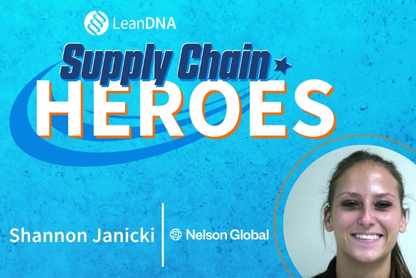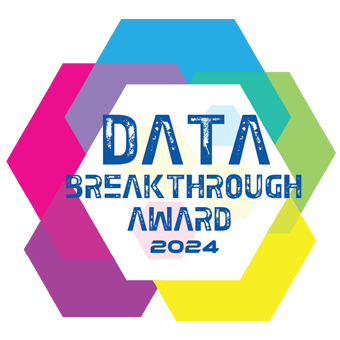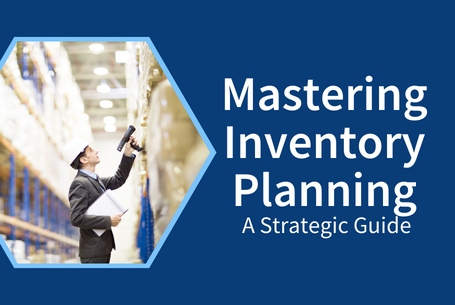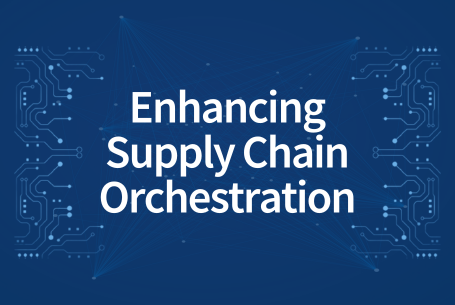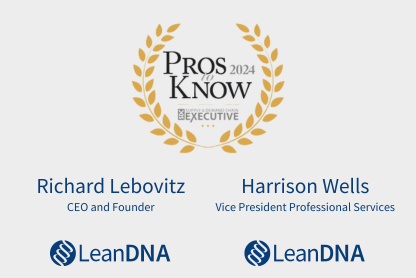Best Practices for Aligning Your Procurement Team and Supply Chain Strategy for Continuous Improvement
Whether it be improvement projects, system implementations, or simply personal to-do lists, a Kanban Board is a great way to monitor your procurement team to make sure your supply chain strategy is working. The chief benefit is that the board is visual, so your whole team can see when progress has been made (or stalled). But this visual aid loses its power when it is not kept current.
Just like your email inbox, a Kanban Board that is not kept clean is at risk of having things slip through the cracks. Here are six strategies to help your team maintain a clean Kanban Board.
1. Use One Standard Kanban Board
 Some teams use a white board, some use sticky notes, some use paper, and some use online tools. But no matter which method you use, standardize your Kanban across your entire team. You do not want some people updating the white board, while others use a Word document. This causes your Kanban Board to create more questions than answers.
Some teams use a white board, some use sticky notes, some use paper, and some use online tools. But no matter which method you use, standardize your Kanban across your entire team. You do not want some people updating the white board, while others use a Word document. This causes your Kanban Board to create more questions than answers.
What is your team’s system of record? You need one clear answer. If your team is aligned around one Kanban system of record, you get to avoid questions like “Are they updating the same board as I am?” and “What happened to all my sticky notes?”
2. Complete Continuous Improvement Projects In A Timely Manner
Adding new projects to your Kanban Board is great. It means your team has work to do, which is never a bad thing. But if you don’t get that work done, your Kanban Board will start to look like a freeway entrance ramp at rush hour. The first few stages of your board can easily get backed up if you are not careful.
Even though the first few steps can be the most difficult, ensure that projects are moving through and beyond early completion stages at a reasonable rate. Some projects will take longer than others, but your board will never be clean if you are not completing projects in a timely manner. And isn’t finishing projects on schedule kind of the point of a Kanban Board?
3. Remember To Move Projects From One Stage To The Next
I once had a customer tell me that he finished a task months ago, but he couldn’t understand why his boss was getting on him. We looked at the project and found that he never marked the task as complete! He knew that he was making headway, but the Kanban Board did not reflect his actual progress.
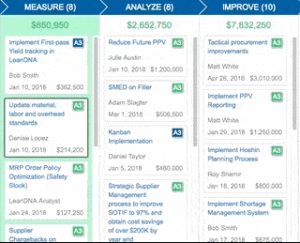 This may feel like it goes without saying, but you must advance your project from one stage to the next to represent progress. As powerful as a Kanban Board can be, we have yet to come across one that can read your mind. LeanDNA’s drag and drop feature may be the closest thing, as all you need to do to change the stage of a project is to click drag any project into the next stage. This helps you effectively manage your lean project pipeline, while also letting your manager track the status of your projects within each stage.
This may feel like it goes without saying, but you must advance your project from one stage to the next to represent progress. As powerful as a Kanban Board can be, we have yet to come across one that can read your mind. LeanDNA’s drag and drop feature may be the closest thing, as all you need to do to change the stage of a project is to click drag any project into the next stage. This helps you effectively manage your lean project pipeline, while also letting your manager track the status of your projects within each stage.
4. Ensure Everyone Is Aware Of Their Responsibilities
It is nearly impossible to complete strategies #2 and #3 if people aren’t aware of their assigned tasks and projects. If it is not on their radar, the project will never get done.
If you are a Supply Chain Manager, you must make sure your team knows their responsibilities. Of course, you can let them know yourself in person or via email of any new tasks or projects. Or you can lean on digital tools, which can automatically assign, update, and remind others of upcoming responsibilities.
5. Move All Completed Projects Into An Archive
It is so rewarding to see your finished projects finally hit the “Complete” stage of your board! But eventually, it can cause your Kanban Board to become cluttered. Imagine if every runner in a race just stopped immediately after crossing the finish line of a race. That area would become a crowded nightmare, and fast.
To keep the finish line of your board clean, move all completed items to an Archive. This does not remove all the progress your team has made, it simply makes room for more success.
6. Digitize Your Kanban Board
In modern manufacturing, holding your Kanban together with sticky notes or paper is not the best strategy. What happens if you complete a task while you are traveling? If you are like me, you will forget to update your board (no shame!). And what if an overzealous janitorial service accidentally erases a whiteboard, or places your sticky notes in the trash? Projects may be lost forever, completely out of your control.
Now is a great time to consider digitizing your team’s Kanban Board. You can easily maintain a spotless Kanban from anywhere – in an airplane, at a client’s office, or even on the beach. It also improves the process of assigning stakeholders and project owners. And a digitized Kanban platform can include built-in analytics, to make tracking overall progress so much easier! We’re happy to walk you through what you should look for in a digitized Kanban Board!
LeanDNA's Centralized Kanban Board Keeps Procurement Teams and Supply Chain Strategy Synchronized for Optimal Results.
Learn more about LeanDNA's Continuous Improvement and Performance Tracking Capabilities
Are manual procurement processes holding you back?
As the global supply chain becomes increasingly complex, effectively leveraging data and making it actionable has become an integral part of many manufacturing leaders' procurement plans. Manual procurement processes such as static spreadsheets are time-consuming, and become out-of-date the minute they are completed. Now is the time to leverage advancing technologies to optimize procurement procedures.
Follow the road to high speed efficiency.
Seek the truth in your data.
Having confidence in your data is essential to take the right actions when it comes to inventory optimization. It’s time to empower your procurement team to look to accurate, validated data for guidance.
See how Craig Jarman of Safran did just that.


